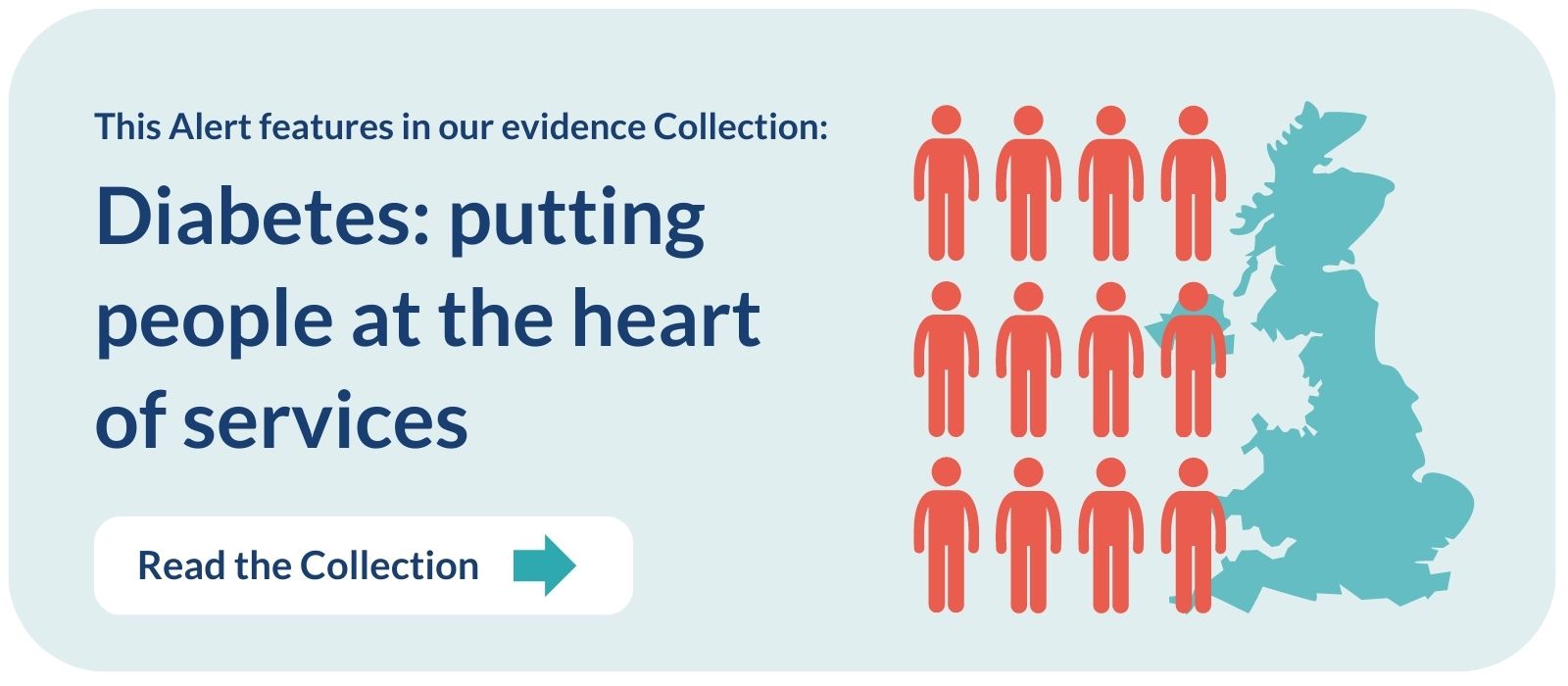This is a plain English summary of an original research article. The views expressed are those of the author(s) and reviewer(s) at the time of publication.
A new severity scoring system for type 2 diabetes may be better at identifying patients at risk of declining health than the current commonly used blood test. The Diabetes Severity Score (DISSCO) is a computer algorithm that combines information routinely collected in primary care. Researchers found that a higher DISSCO score was linked to an increased risk of hospital admission or death.
DISSCO combines information on 34 indicators of the severity of the disease, which are routinely coded in electronic health records. It would be possible to develop an electronic version of DISSCO for primary care. This could support doctors in providing more tailored interventions for their patients.
What’s the issue?
In the UK, 4.7 million people currently live with diabetes. By 2030, it is expected that this will exceed 5.5 million. The cost of managing diabetes is thought to be around 10% of the entire NHS budget each year.
About nine out of ten people with the condition have type 2 diabetes. Their cells may not respond to insulin or they may not produce sufficient levels. Most people with type 2 diabetes take medications or insulin to keep their blood sugar levels under control. This can help prevent or delay complications including cardiovascular disease, amputations, sight loss and kidney disease.
Patients with type 2 diabetes have regular diabetes health checks, usually within a primary care setting. These checks include regular blood tests to measure their glycated haemoglobin (HbA1c) levels, which provides a picture of their average blood sugar levels over weeks or months. Doctors use this measure in drawing up a disease management plan for that individual.
What’s new?
The researchers looked at anonymised electronic patient records and linked this data with records of hospitalisations and deaths between 2007 and 2017. They included data from 139,626 people with type 2 diabetes aged 35 years or more who were registered with 400 general practices across England.
The team reviewed previous studies and sought opinions from doctors working in cardiology, diabetes and primary care settings. They identified 34 indicators of the severity of type 2 diabetes, such as high blood pressure, stroke, or diabetes-related complications as amputation, and used these to develop DISSCO.
People were assessed with DISSCO when first diagnosed with diabetes. The researchers corrected for other factors including age, gender, ethnicity, social deprivation and HbA1c levels. They found that higher DISSCO scores were linked with increased risks of hospital admission and death. Each 1-unit increase in DISSCO at diagnosis was associated with:
- a 14% higher risk of death
- a 10% higher risk of hospital admission due to a complication related to diabetes
- a 45% higher risk of hospital admission due to cardiovascular complications
Overall, measuring DISSCO was better at predicting all outcomes than HbA1c.
Why is this important?
DISSCO outperforms the standard HbA1c blood test that is currently used as a proxy to assess the severity of type 2 diabetes to guide management. This new risk assessment tool is based on data that is collected during regular diabetes check-ups. It would be relatively simple to integrate it into the primary care system.
Current guidelines for managing type 2 diabetes do not include discussion of disease severity. DISSCO could help doctors improve the management of the condition and ensure that interventions are tailored to individual patients.
Stratifying patients according to disease severity could also help at a policy level. It could help direct funds to those who need it most and inform the targeted delivery of future public health programmes in type 2 diabetes.
What’s next?
The tool could initially be introduced as a paper-based version to enable clinicians to calculate DISSCO and discuss the results with a person with type 2 diabetes. It could inform decisions about individual patients’ care. In the future, these findings could lead to an electronic version of DISSCO in primary care systems.
A useful next step would be to gather views from GPs on the use of DISSCO in clinical practice. The computer algorithm will need to be developed into accessible software to be incorporated into the primary care system.
You may be interested to read
The full paper: Zghebi SS, and others. Development and validation of the Diabetes Severity SCOre (DISSCO) in 139626 individuals with type 2 diabetes: a retrospective cohort study. BMJ Open Diabetes Res Care. 2020;8:e000962
An easy-to-read guide on diabetes complications that are the main drivers of disease progression and severity
A protocol for a study that will provide a detailed list of the clinical indicators of type 2 diabetes severity: Zghebi SS, and others. Using electronic health records to quantify and stratify the severity of type 2 diabetes in primary care in England: rationale and cohort study design. BMJ Open 2018;8;e020926
A review of international type 2 diabetes severity tools highlighting the severity indicators used in other countries: Zghebi SS, and others. Assessing the severity of Type 2 diabetes using clinical data‐based measures: a systematic review. Diabet Med. 2019;36:688-701
Funding: This research was funded by the NIHR School for Primary Care Research (SPCR), and supported by the NIHR Greater Manchester Patient Safety Translational Research Centre, the NIHR Manchester Biomedical Research Centre, the NIHR Collaboration for Leadership in Applied Health Research and Care West Midlands, the NIHR Research Professorship in General Practice, and NIHR Applied Research Collaboration (ARC) West Midlands.
Conflicts of Interest: Some members of the research team declare fees and grants from various pharmaceutical companies.
Disclaimer: NIHR Alerts are not a substitute for professional medical advice. They provide information about research which is funded or supported by the NIHR. Please note that views expressed in NIHR Alerts are those of the author(s) and reviewer(s) and not necessarily those of the NHS, the NIHR or the Department of Health and Social Care.
